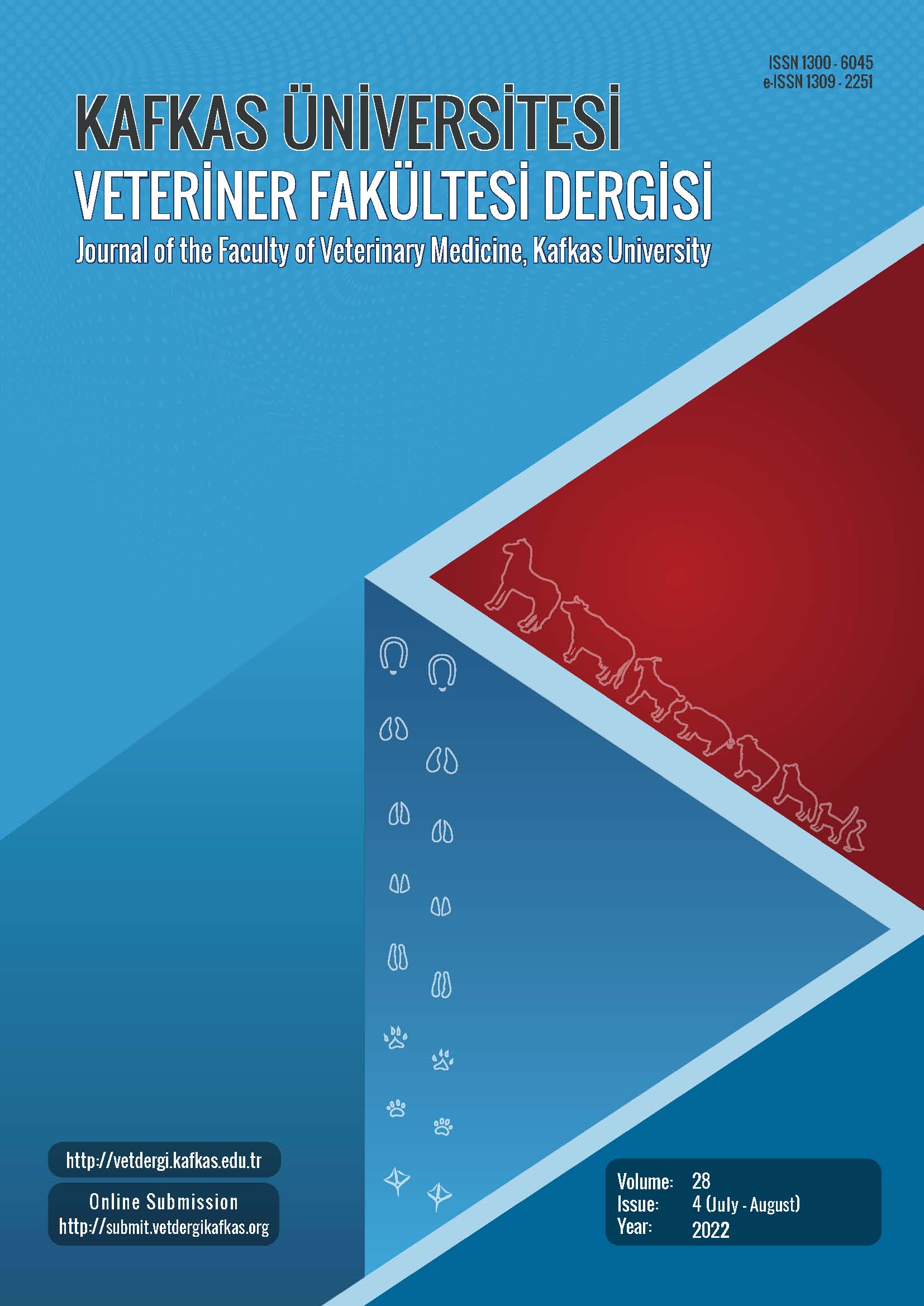
This journal is licensed under a Creative Commons Attribution-NonCommercial 4.0 International License
Kafkas Üniversitesi Veteriner Fakültesi Dergisi
2022 , Vol 28 , Issue 4
The Clues of The Discovery of New Pathogens Eventuated by the Horizontal Gene Transfer Among the Bacillus cereus Group Members
1Kafkas University, Faculty of Veterinary Medicine, Department of Microbiology, TR-36100 Kars - TÜRKİYE
DOI :
10.9775/kvfd.2022.27401
Genes, which constitute the biological basis of heredity, are DNA segments that give various structural and functional properties
to the organism they are found in. Genes have become diff erentiated and highly conserved among microorganisms that have completed
their evolutionary development and completely distanced from each other. However, horizontal gene transfers (HGT) can occur between
microorganisms even though they have high structural similarities in the environment, especially in soil. An example, HGT can occur between
the members of the Bacillus cereus group, and thus other species can develop into new life-threatening pathotypes by taking some virulence
structures of the most pathogenic species-Bacillus anthracis. Th is study aimed to investigate some virulence genes (protective antigen-PA and
capsule-cap) of B. anthracis in B. cereus group members isolated from soil, which is known as the reservoir of this group of bacteria and can
easily trigger the genetic material exchange. Th e study material has consisted of 15 soil samples taken from 5 diff erent locations in the Kars
region (Turkey) contaminated with cattle carcasses that died with suspected anthrax. B. cereus group bacteria were obtained from the soil by
in vitro cultural method, and the agent identification was performed by phenotypic and molecular methods (PCR). As a result, a total of 1350
Bacillus species was identified from the soil, including 123 B. anthracis, 303 B. mycoides, 348 B. thuringiensis and 576 B. cereus. DNAs obtained
from all isolates other than B. anthracis were pooled at a final concentration of 4 ng/mL and as an average of 10 extracts and analyzed by PCR
for the relevant virulence genes (PA and cap). While the PA gene was found in 6 (4.88%) of 123 DNA pools, the cap gene was not detected in
any of the pooled DNA. All B. anthracis isolates were evaluated as fully virulent strains as they did not lose the PA and cap genes. Th e DNA
pooling method has been an obstacle to the selection of gene positivity individually, however, it roughly off ered some clues indicating the
HGT. Th us, further studies with sampling and methodological diversities are needed that will enable the proof of HGT, which mediates the
emergence of new pathotypes among the B. cereus group members.
Keywords :
Bacillus cereus group, Bacillus anthracis, Horizontal gene transfer, PCR










